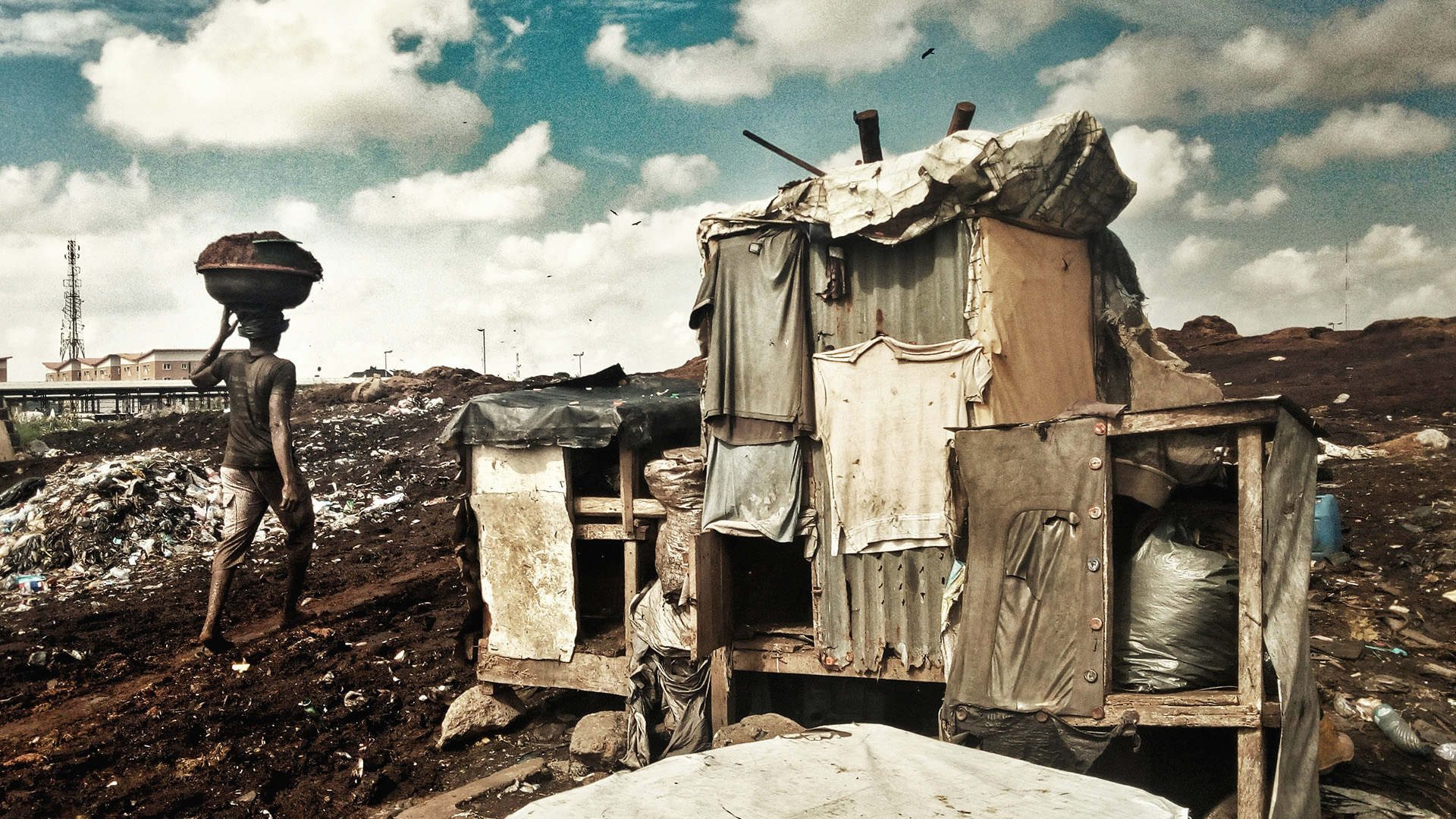Climate change is the defining crisis of our time. Migration due to natural disasters is one of the most devastating consequences of this phenomenon. That’s when we talk about climate displacement.
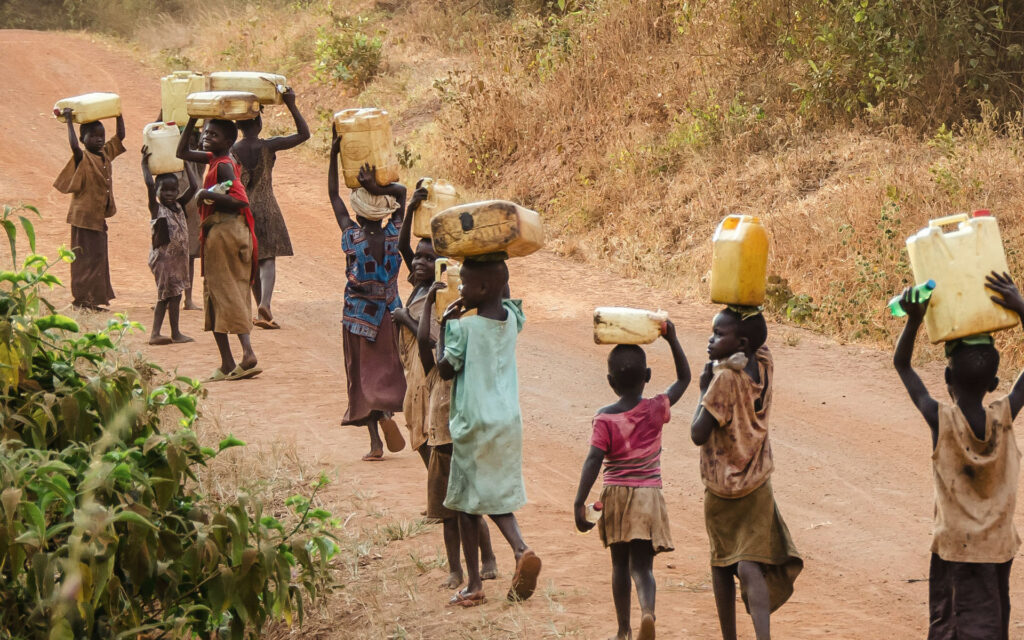
There is no doubt that the climate crisis affects us all, but not in the same way. Every year, the climate emergency causes large human displacements within and outside countries. These are entire communities that suffer the consequences of this problem and are forced to leave their homes.
Climate change is at a point of no return. Some of its consequences translate into the general increase in temperatures. According to the WMO (World Meteorological Organization), 2023 was the hottest year ever recorded. The planet’s average annual temperature is 1.1 degrees Celsius (°C) warmer than it was at the end of the 19th century.
This leads to natural disasters such as floods, major droughts, desertification of arable land, forest fires, cyclones, and hurricanes.
According to the report issued by the United Nations in 2021, “a 45% reduction in greenhouse gas emissions is needed by 2030 to avoid catastrophic warming.”
Record numbers
In 2022, natural disasters caused a record 32.6 million displacements, of which climate-related hazards caused 98% according to the Center for International Displacement Monitoring (IDMC). This represents a 41 percent increase in displaced persons compared to 2008 figures.
These people are forced to move in the context of disasters. Most of the displacements are internal, i.e., within their own country. But, to a lesser extent, there are cross-border displacements, to neighboring countries. This is because most migrants prefer to reside close to home and family. In addition, they do not have the means to travel long distances.
It is estimated that around 20 million people are forced to flee their homes each year due to natural disasters or extreme weather events.
Which regions have the most climate-displaced people?
Underdeveloped countries suffer the greatest consequences of climate change despite being the ones that have contributed the least to creating it. In addition, they lack the financial resources to deal with this situation. The most affected regions are Pakistan, India, the Horn of Africa, and China.
Pakistan
The major floods that hit Pakistan in 2022 have left 7.9 million people climate-displaced and 600,000 people living in shelters, according to a UN document. Added to this is the food and health crisis with the threat of diseases such as cholera, malaria, and dengue.
Africa
The African continent is affected by environmental degradation that not only displaces people but also kills livestock and wipes out crops and plantations. The Horn of Africa is suffering from the worst drought in recent times and the rainy season is non-existent. More than 200 million people live in large desert territories including Ethiopia, Somalia, Kenya, Uganda, and Sudan who suffer from these climatic conditions and extreme poverty. This has led to internal displacement in Somalia and Ethiopia of 1.75 million people.
Meanwhile, some African countries are affected by major floods such as South Sudan, where around 1 million people are victims of these conditions annually.
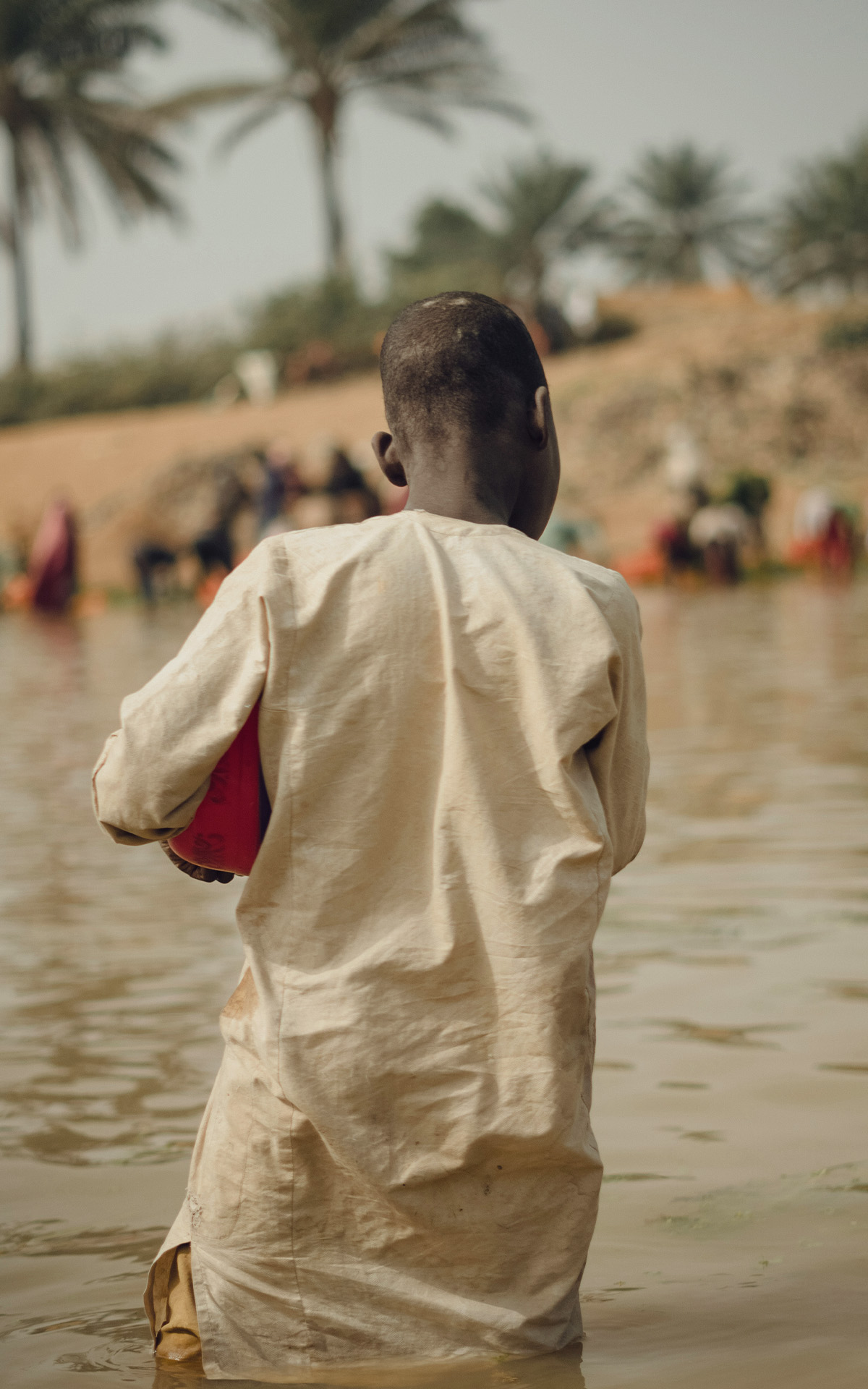
Despite all this, Africa is responsible for only 14% of global CO2 emissions. It is estimated that, in the next 10 years, 60 million Africans will migrate to North Africa and Europe for these reasons.
India
On the other hand, climate displacement in India has increased due to major floods, for example, in the Sundarbans Delta where several islands are succumbing to rising sea levels. Many inhabitants have taken refuge in Sagar, one of the largest islands, but today it too is threatened by rising sea levels. In addition, India experienced the worst drought in 80 years, resulting in a huge food crisis. Four states recorded rainfall up to 70% below normal.
China
As for China, China has suffered from heat waves, cyclones, floods, and droughts. Since 2011, nearly 3 million people have been internally displaced by environmental disasters, such as earthquakes, storms, and floods.
What are the consequences of these displacements?
One of the consequences of these forced migrations is the difficulty for displaced persons to work and maintain their family finances in health and safety conditions. Therefore, there is an increase in poverty rates and loss of livelihoods, which generates inequality and violence.
Another problem is the scarcity of natural resources such as drinking water in the reception areas, which leads to malnutrition and disease. Faced with this reality, threats and tensions are multiplying and conflicts in countries of asylum may increase.
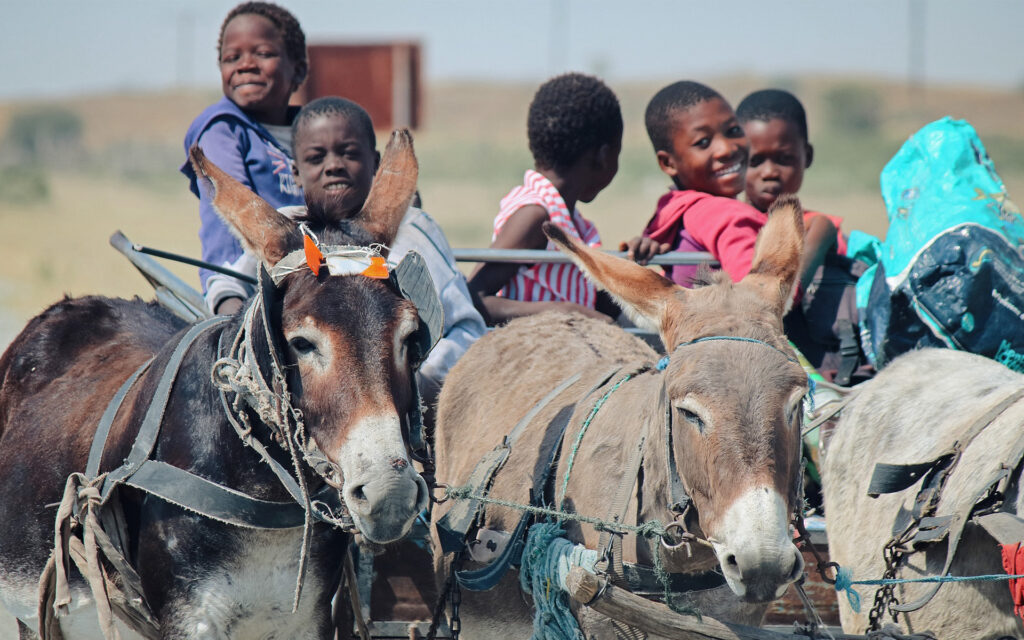
All is not lost
UNHCR (UN Refugee Agency) is an international organization that works to protect people forcibly displaced by conflict, persecution, and lately climate disasters. Regarding this last point, this entity has developed a guide for the planned relocation of those populations at risk due to disasters and the impacts of climate change. It also gives legal advice and raises awareness on this issue on the web and social networks. It also provides access to jobs and education for people to integrate and contribute to the communities that welcome them.
About the latter, some migrants have created projects to address this problem. Among the proposals are reducing and cleaning up landfills in Beirut, planting trees in Uganda, and building shelters with plastic bottles in southwestern Algeria. This is in addition to awareness-raising campaigns, disaster preparedness activities, and forest firefighting.
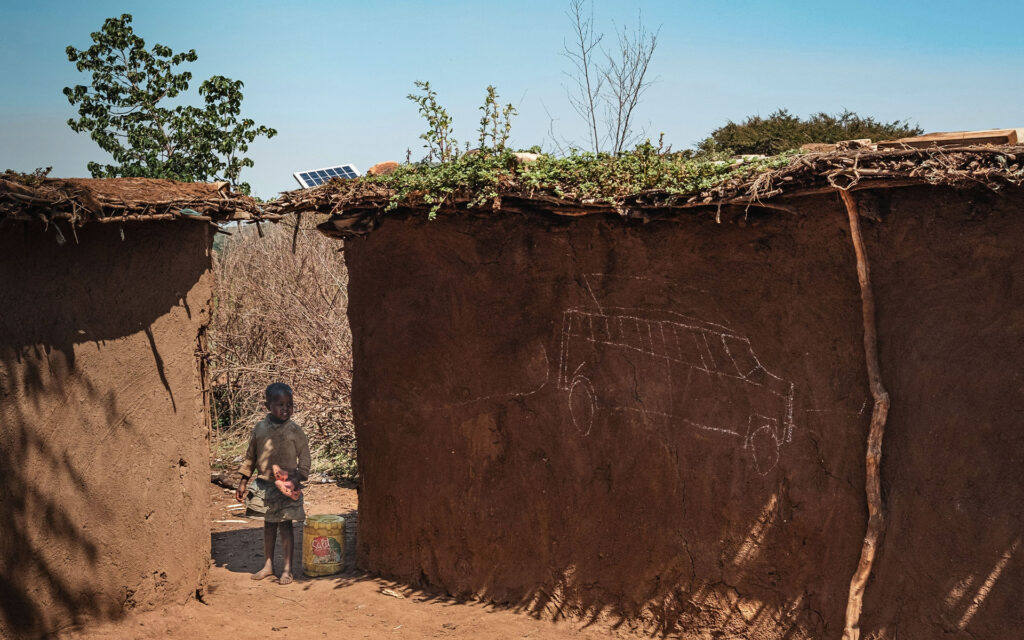
Climate change is a fact, no one escapes its consequences. We need to act now, reduce greenhouse gas emissions, and transition to renewable energy. It is everyone’s responsibility to raise awareness about the havoc it causes, to ensure the future of new generations, and to take care of the planet we live on, home to all of us.


